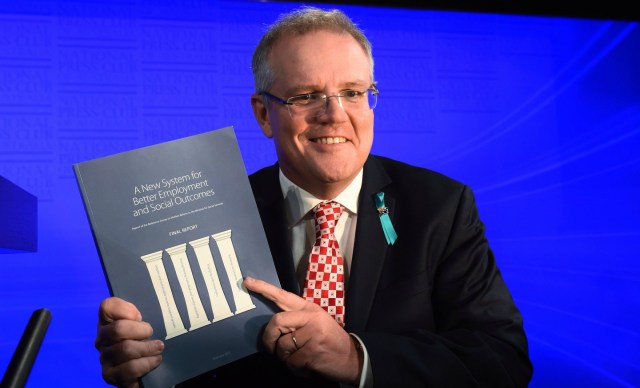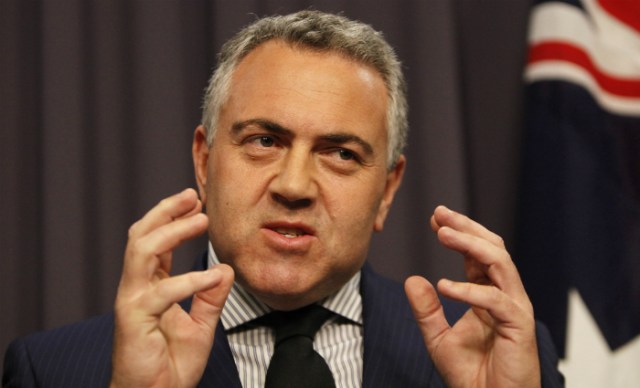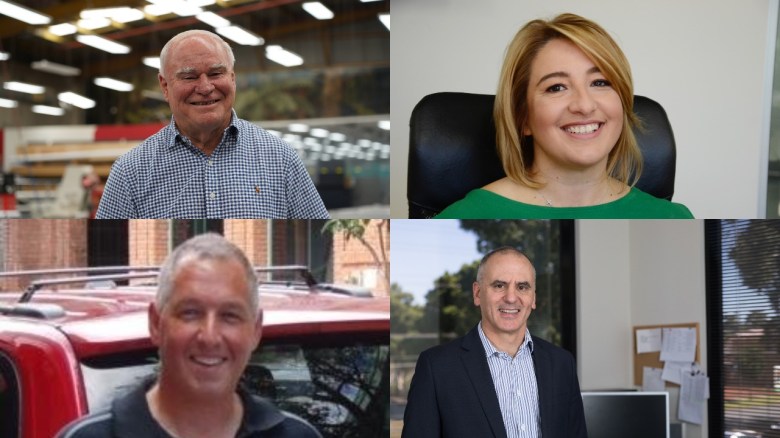
Printers have broadly welcomed the federal budget which has extended the 50 per cent apprentice wage subsidy, loss carry-back and instant asset-write off schemes and reduced the SME tax rate to 25 per cent, but many are asking is this enough to help businesses hit by COVID.
The JobTrainer scheme was introduced last year to accelerate trades education and training during COVID and this will continue under a $2.7 billion apprenticeship package.
The demand-driven program is expected to support more than 170,000 new apprentices and trainees by paying businesses a 50 per cent wage subsidy over 12 months for apprentices or trainees who sign up by March 31, 2022. The subsidy will be capped at $7,000 per quarter per apprentice or trainee.
This has been the most overwhelmingly well received part of the budget, but many printers have commented on the difficulties faces in getting an apprentice to come onboard in the first place.
Small to medium enterprises have also been given a tax cut from 30 per cent to 25 per cent, effective July 1, 2021.
On the superannuation front, employers must now also pay super for employees earning $200 a month, reduced from $450.
Loss carry-back, asset write-offs continue
Business tax incentives that were launched in last year’s budget will continue for another year.
The loss carry-back scheme, which means businesses can offset current losses against profits from as far back as 2018/19 to reduce tax exposure, has been applauded by the business sector.
Temporary uncapped full expensing – otherwise known as instant asset write-off – has allowed many businesses to buy new gear and become more productive and efficient and its continuance has also been welcomed – so long as businesses have the money to invest in the first place.
Europoles
Peter Wagener, owner of Perth signage and display business, Europoles, says his business falls into the gap of not being that big, but not being that small either, which means he won’t be eligible for the company tax cut from 30 to 25 per cent.
While he has welcomed the tax incentive measures for business, he is deeply concerned that international borders will remain closed until mid 2022.
Wagener said this is a huge barrier for him as he normally would travel, predominantly to Europe, to meet with fabric suppliers.
“We get a lot of our fabrics from the US and Europe and if we can’t get up there and actually look at the fabrics then we are looking at a eight week turnaround on getting samples here and that makes it very difficult for our R&D,” Wagener said.
Wagener has just opened a new business in New Zealand, Otago Grand Format, and said trying to do this with border closures has not been easy.
But he did welcome the extension of the apprentice subsidy.
“This is obviously not going to solve all our problems but it is a help. Apprentices cost a lot to train and the difficulty is you just finish training them and then they up and go somewhere else but I do feel an obligation to put back into society and yes we do need to be training people,” Wagener said, adding he currently has one metal work apprentice and two print operator apprentices.
He also welcomed the loss carry-back scheme as it means he can retrospectively apply current losses to previous profits. This is particularly important for some of his companies that are events-focused and are therefore down on revenue due to COVID restrictions, despite being strong performers before the pandemic.
Centrum Printing
Sandra Duarte, CEO at Centrum Printing, said the support for apprentice wage subsidies has earned the biggest tick from her, as it aligns strongly with the values of Centrum Printing.
Duarte regularly promotes print and manufacturing in local high schools and has made it her personal mission to have more high school leavers consider a career in print manufacturing.
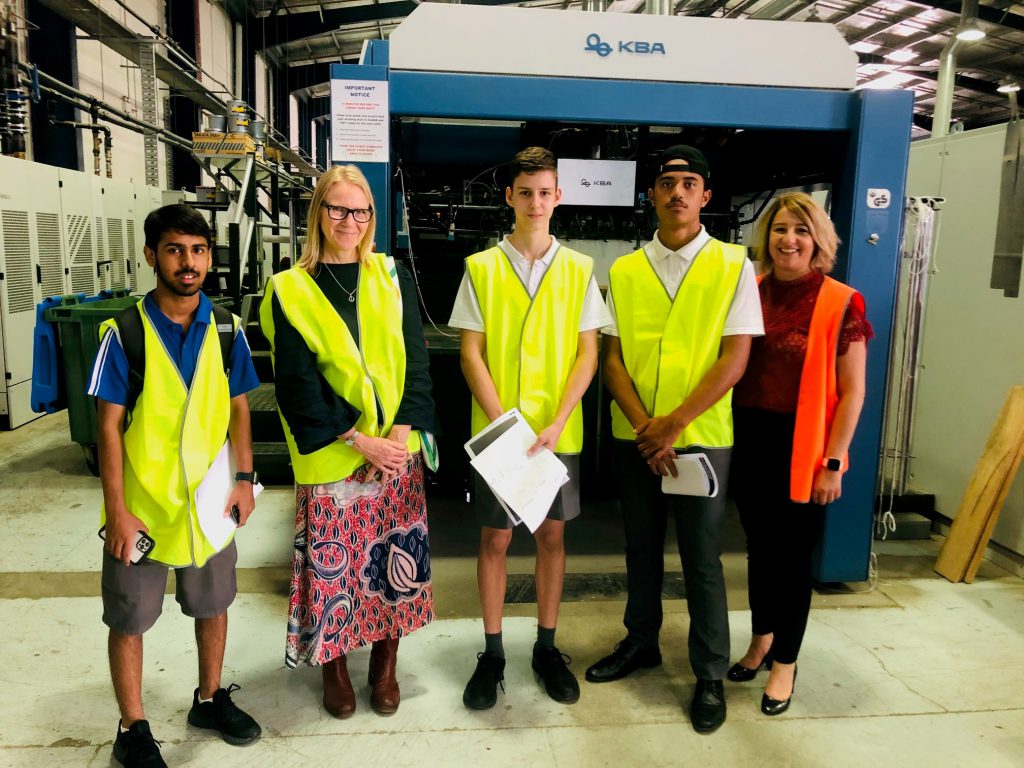
“We are medium sized business with 37 people plus casuals so any bit helps,” Duarte said.
“The extension of the apprenticeship subsidy works well with something we are working on heavily at the moment because we are looking for at least four new apprentices right now.”
Duarte also encouraged the print industry to get onboard with the incentives offered by the government.
“It is up to us as an industry to make use of these incentives and take up the opportunities because we really are the ones who need to engage in this and get young people to consider manufacturing and give them some form of employment,” she said.
“We have to educate them and mentor them so we can create some more qualified tradespeople because otherwise it is going to be really tough for our industry moving forward.”
The instant asset write off scheme is also a help but Duarte said the trick is having the money to spend in the first place.
“It is a bit bittersweet because the last 12 months have been really tough. The tax cuts will help but are they enough to get some businesses across the line? I don’t know,” she said.
“COVID has really effected a lot of small to medium sized businesses and yes while there are tax benefits for investment, you still have to have the capacity to invest.
“Investing in new technology takes time and training and research and development and I think where some businesses may be struggling they may need some quicker incentives or benefits to help them in the now.”
“It was 30 and now it has gone to 25 per cent and that is good but is it enough?”
Complete Colour
Complete Colour managing director Tim Michaelides said the apprentice subsidies are welcome but only if printers can find apprentices in the first place.

“We have been looking to put an apprentice on but it is hard to find someone who wants one. We find they are more interested in going for the building trades so attracting someone into print is very difficult,” Michaelides said.
“I think the apprentice subsidy is a good thing, but attracting them into our industry is a challenge.”
Michaelides said this means he tends to focus his investment on finding technologies that are more automated, particularly in the bindery.
This is where he said he will find benefit from the extension of the instant asset write off scheme.
“The instant asset write-off scheme is fantastic as well as the loss carry-back system. That is a good one because that is something that is very frustrating because you can have a good year and pay tax and then next year you have a bad year and all you get is a carried forward loss and in these times it will be handy to have that money back.
“This might stop everyone from trying to push things into the next financial year so it will help with running a business.”
Cactus Imaging
For Cactus Imaging founder, Keith Ferrel, the big budget winner is the continuation of the instant asset write-off scheme.
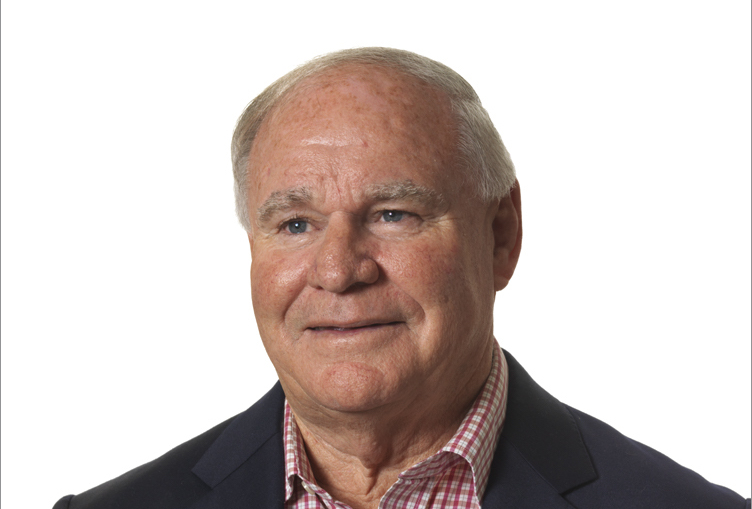
“From my point of view the asset write-off scheme is a huge plus for business, there is no two ways about that,” he said.
Ferrel supported the apprentice funding but returned to a key issue facing the industry and that is attracting apprentices in the first place.
“How do you get an apprentice to come into the printing game? I just don’t know,” he said.
“There is no set courses and it is a bit different to the old days with the screen printing courses.
“I find it very difficult to get staff at the moment, they just don’t want to work. We’ve been after a printer now for four months, I had one finishing guy come in the other day and did two hours and said it was too hard and walked out.”
Imagination Graphics
For Imagination Graphics owner, Emmanuel Buhagiar, the key announcement was the full expensing of eligible assets, the instant asset write-off scheme.
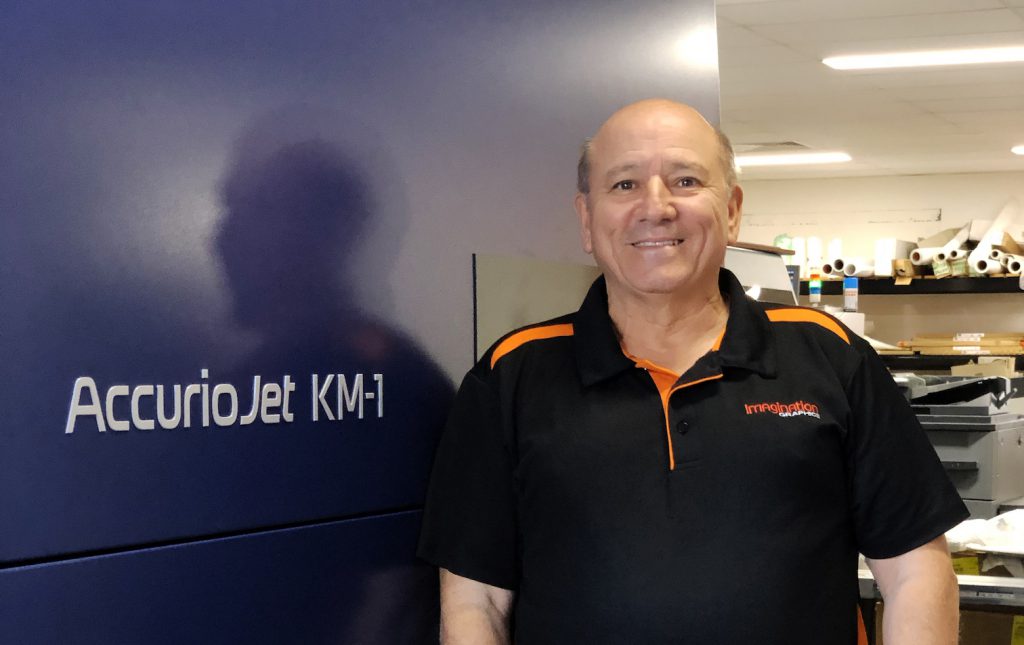
“It is a great initiative that makes us as a business look at upgrading some of our equipment (printing machines). If other printers head in this direction too, that would mean more investment in the print economy,” Buhagiar told Sprinter.
Buhagiar also welcomed the apprentice and trainee wage funding.
“It is always welcomed when the government can help with funding for apprentices and trainees. This move will be an incentive for us to employ more staff,” he said.
And on the tax front:
“Any tax relief is welcome, but I will leave that for our accountant to work out. The experts will figure out for each company the best way to utilise the taxation system,” he said.
Comment below to have your say on this story.
If you have a news story or tip-off, get in touch at editorial@sprinter.com.au.
Sign up to the Sprinter newsletter

